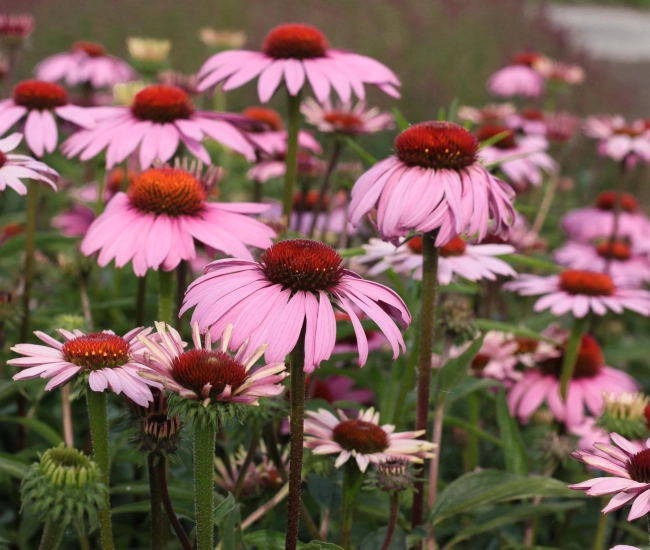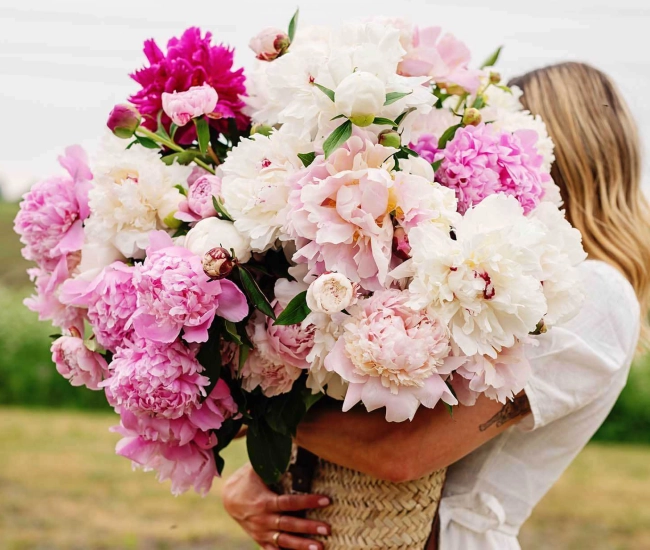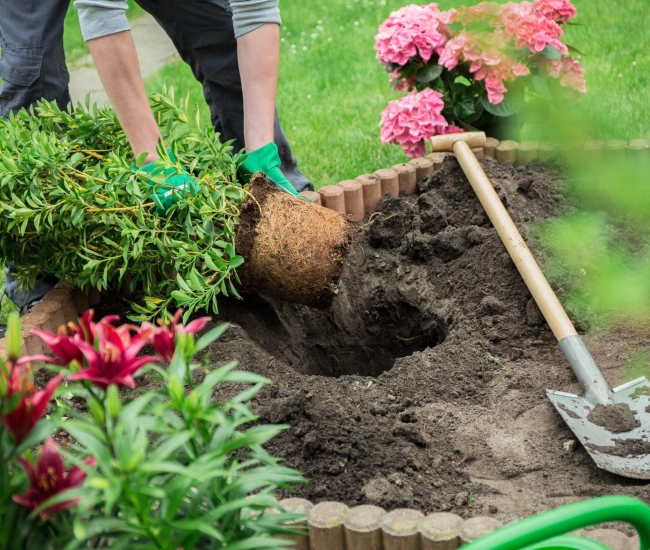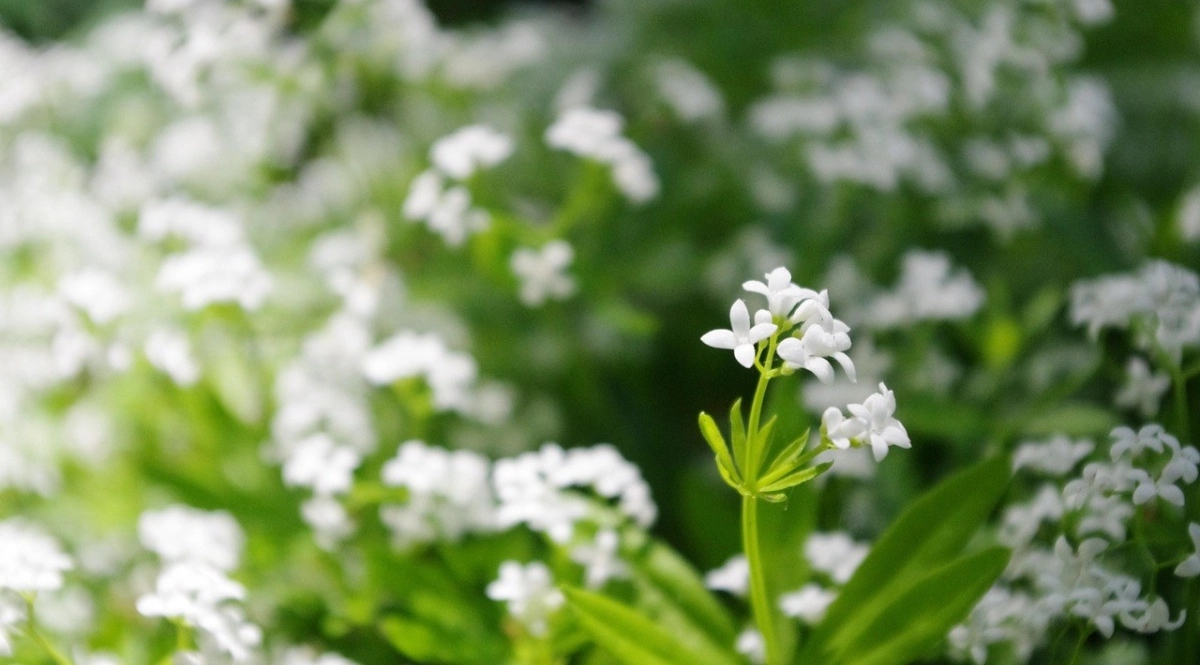
Text by Hélène Baril: Horticulturist, author & speaker
Ground cover plants are an excellent alternative when grass is difficult to establish in certain areas such as under trees, on slopes, or in hard-to-reach places. Their creeping stems spread over the ground to densely cover it with greenery and flowers in a thousand colors. In addition to stabilizing the soil and advantageously replacing grass, ground cover plants help reduce warming by releasing a large amount of water into the atmosphere.
Choose the ground covers suited to your needs... and the site
Given the wide variety of plants that can serve as ground cover, it is sometimes difficult to decide on one plant or another, but know that: whether it is to fill a shaded area, a slope, or to replace grass, you will always find a ground cover that meets your needs. Here are some tips to help you make the right choices.
- Pay particular attention to cultivation requirements (watering, pruning, soil, etc.).
- Ensure you can provide them with what they need to grow easily in their location.
- Check their growth rate so they do not invade the space reserved for them too quickly.
- Choose plants well adapted to the site conditions (good hardiness).
- Ground covers are not resistant to trampling, opt for paved or stone paths in high-traffic areas.
- For a successful visual effect, play with textures and colors.
Implementation
Good site preparation is essential for the success of your project. Remove all existing grass and loosen the soil to about 20 cm deep. Remove all unwanted weeds and roots. Adding compost is recommended at planting. It is important to respect the recommended distance between each plant, even if it seems unrealistic, because a small plant will become large.
Maintenance
Since a ground cover generally reaches maturity after 3 years, it is important to be very vigilant about weed control. A thin layer of mulch between the plants will reduce the proliferation of undesirables and keep the soil moist, but be careful not to smother the base of the ground cover with mulch. After a few years, some ground covers will lose their vigor and will need to be divided, reseeded, or replaced.
5 ground covers that will meet your needs
Iberis sempervirens ‘Snowflake’: Beautiful ground cover forming a carpet of small white flowers in spring. Its decorative and persistent foliage should not be pruned in the fall.
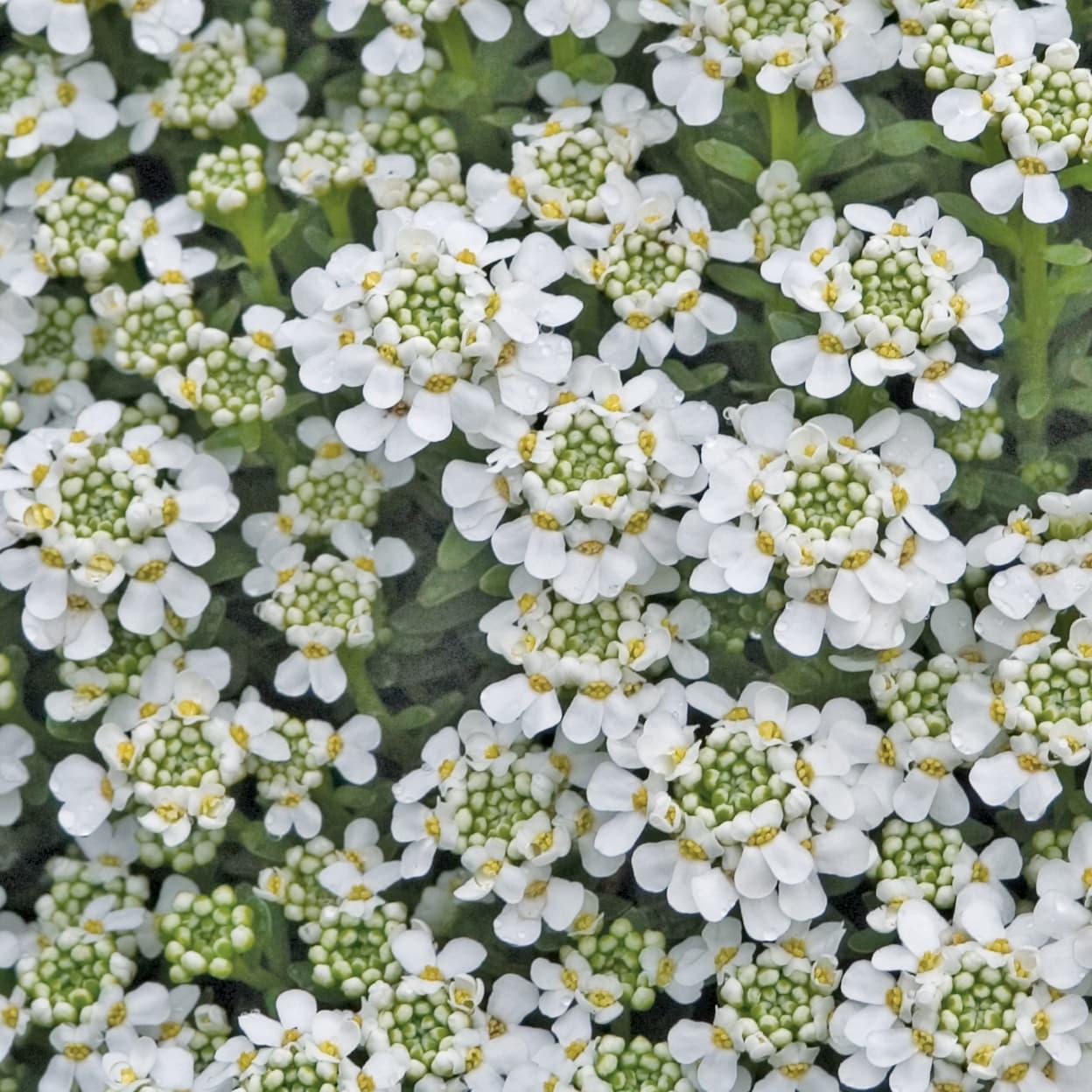
Photo credit: Proven Winners Asperula odorata (also known as Gallium odoratum): Early in spring, delicate white flowers stand in the center of its delicate star-shaped leaves. No pruning necessary.

Astilbe chinensis ‘Pumila’: Delicate lilac spikes unfold late in summer. It prefers cool, slightly moist soils and drought is its worst enemy.
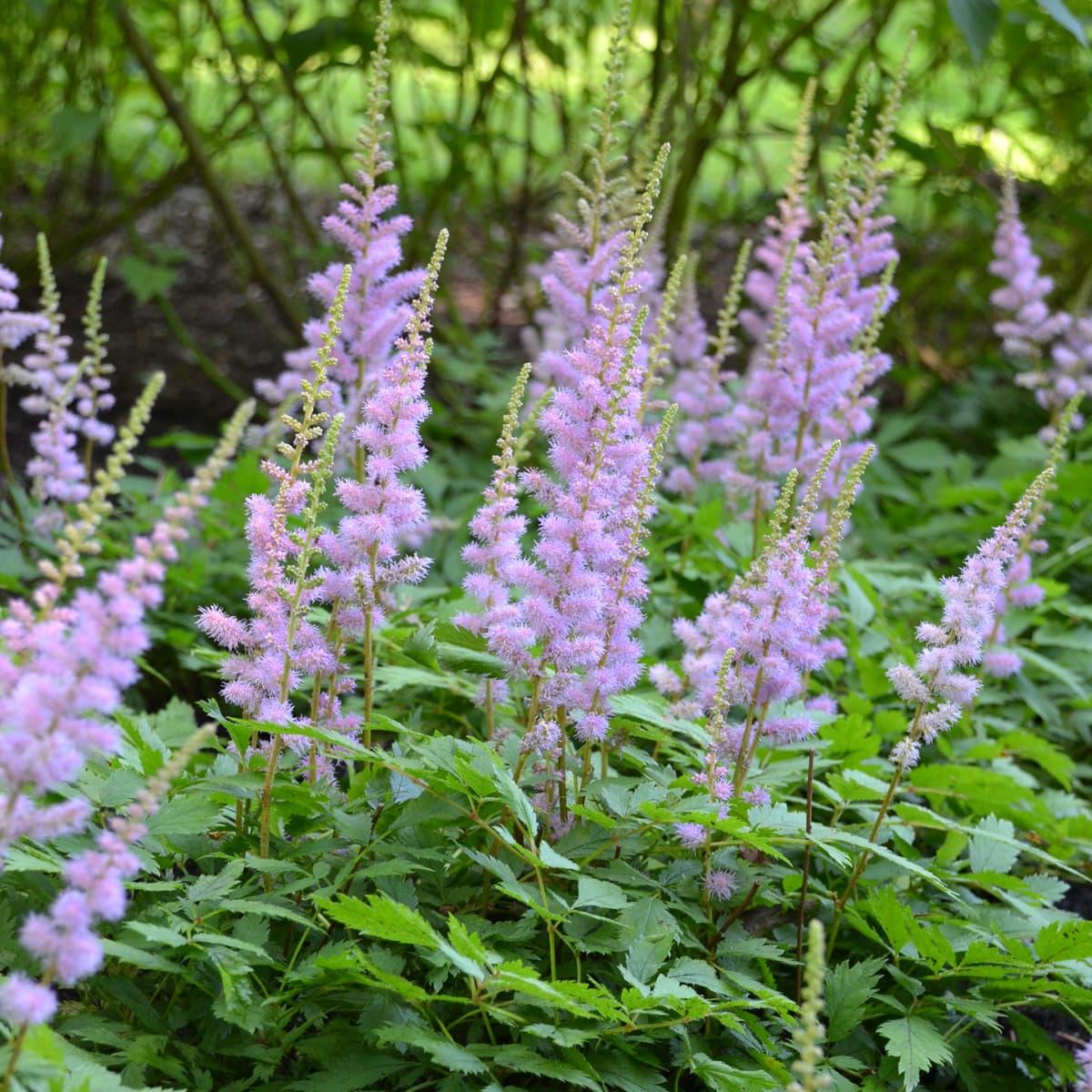
Photo credit: Walters Gardens, Inc Thymus serpyllum coccineus: In summer, its fine persistent foliage is hidden under an elegant carmine red carpet. Most creeping thymes withstand light trampling.
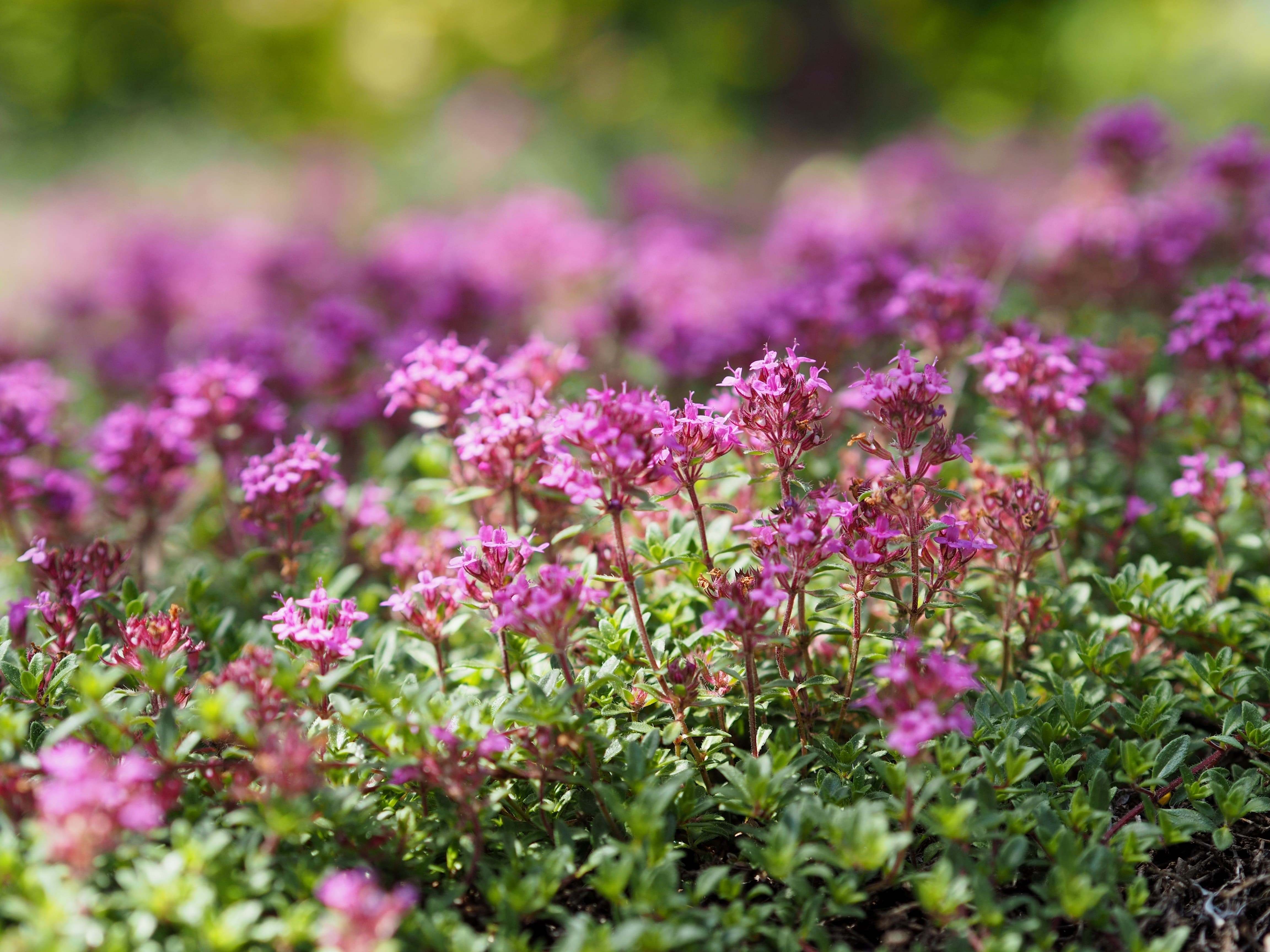
Vinca minor: In spring, its long graceful stems with glossy green foliage are covered with bluish or white flowers.
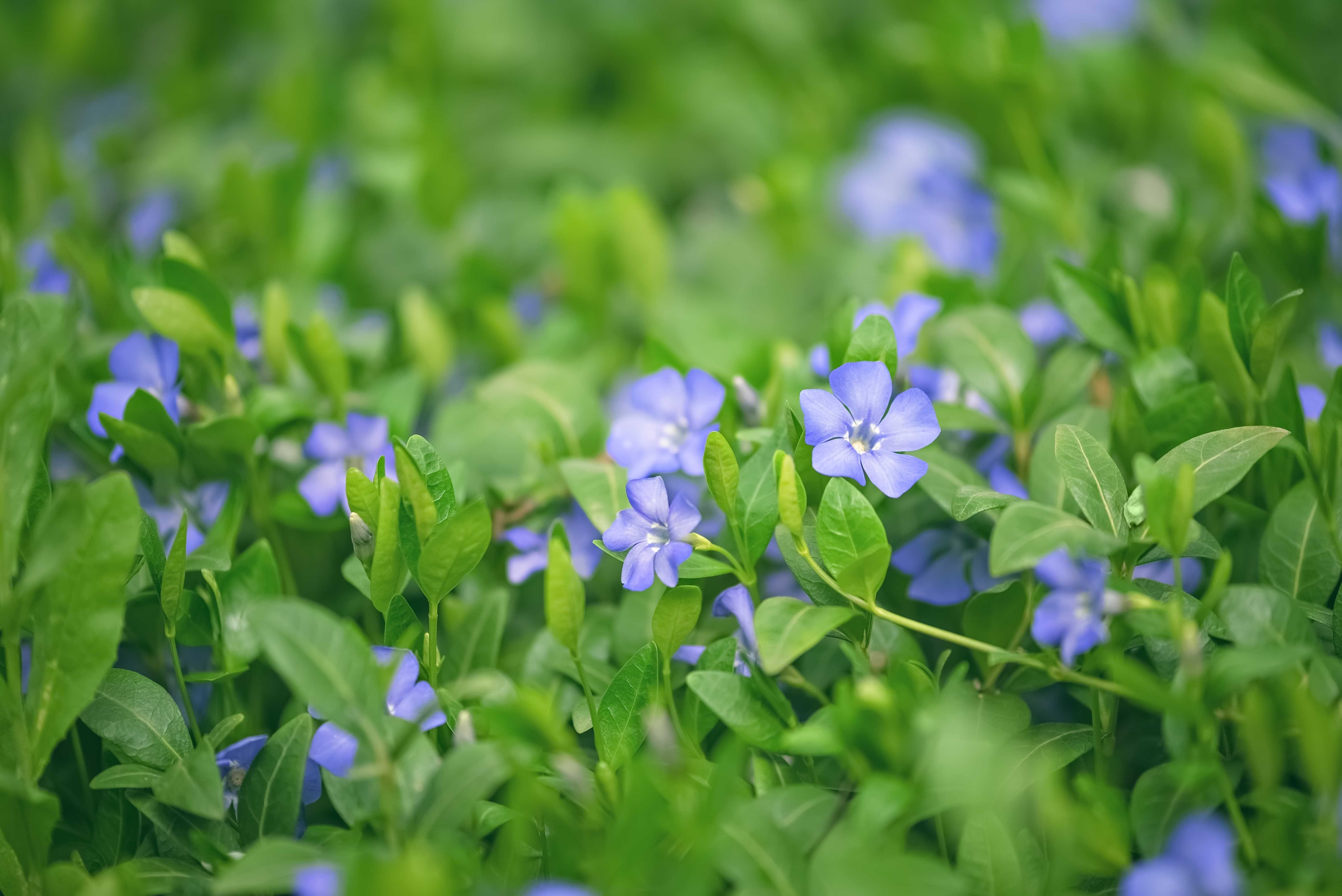
Hélène's Tips
White clover is often proposed as an alternative to grass for large areas. Although it is a good choice, be aware that it needs to be reseeded every spring to achieve an interesting density and it spreads very quickly.
Tips and advice

